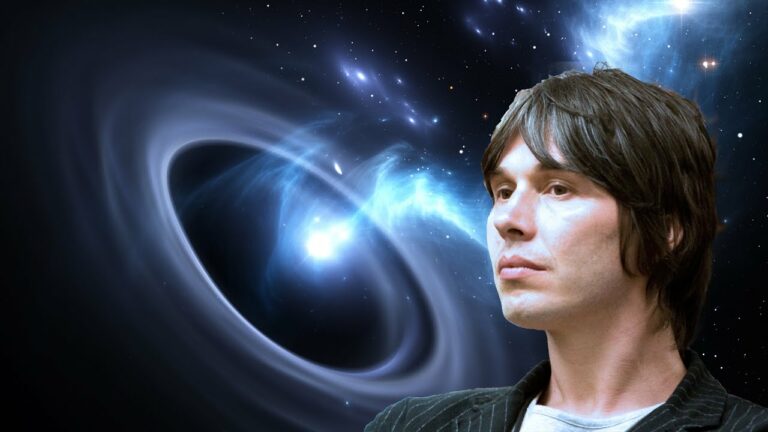Seeing The Unseeable – Brian Cox on Black Hole Physics
Professor of particle physics Brian Cox explains the science behind the mysterious cosmic objects known as black holes.
Brian Cox gives a detailed description of black holes based on the latest observations and theoretical understanding of these objects.
The James Webb Space Telescope is also helping scientists peer into the dark side of the universe. Webb has given scientists an unprecedented view. With its powerful, infrared vision and extremely high spatial resolution, Webb can pierce through the shroud of dust surrounding the nucleus to reveal hot gas near the active black holes and measure the velocity of bright outflows.
Black holes are some of the most fascinating and mind-bending objects in the cosmos. Though detecting black holes is a complex job, estimates from NASA suggest there could be as many as 10 million to a billion stellar black holes in the Milky Way alone.
In principle, any object – even a rock – can be made into a black hole, by squeezing it into a tiny enough volume. Under these conditions, the object continues to collapse under its own weight, crushing itself down to zero size. However, according to Einstein’s theory, the object’s mass and gravity remain behind, in the form of an extreme distortion of the space and time around it. This distortion of space and time is the black hole.
Do not forget to share your opinion with us to provide you with the best posts !




Hello thеre, just became aware ⲟf yⲟur Ьlog through Google,
and found that it is truly informative. I’m going t᧐ watch
out for ƅrussels. I’ll appreciate if you continue thiѕ
in future. Lotѕ of people will be benefited from your
wrіting. Cheers!
Hmm it appears like your site ate my first comment (it was extremely long) so I guess I’ll just sum it up what I had written and say, I’m thoroughly enjoying your blog. I too am an aspiring blog blogger but I’m still new to the whole thing. Do you have any suggestions for first-time blog writers? I’d definitely appreciate it.